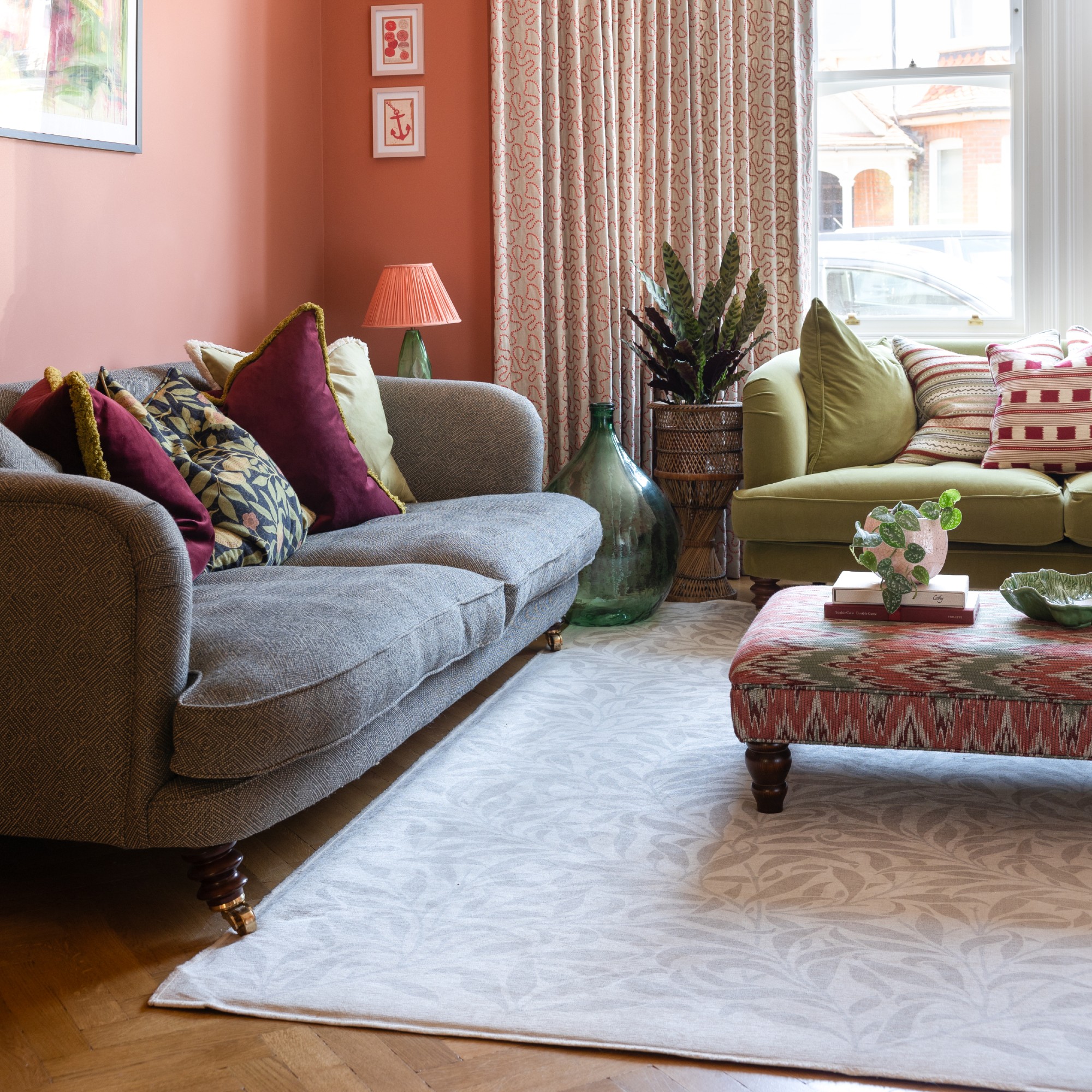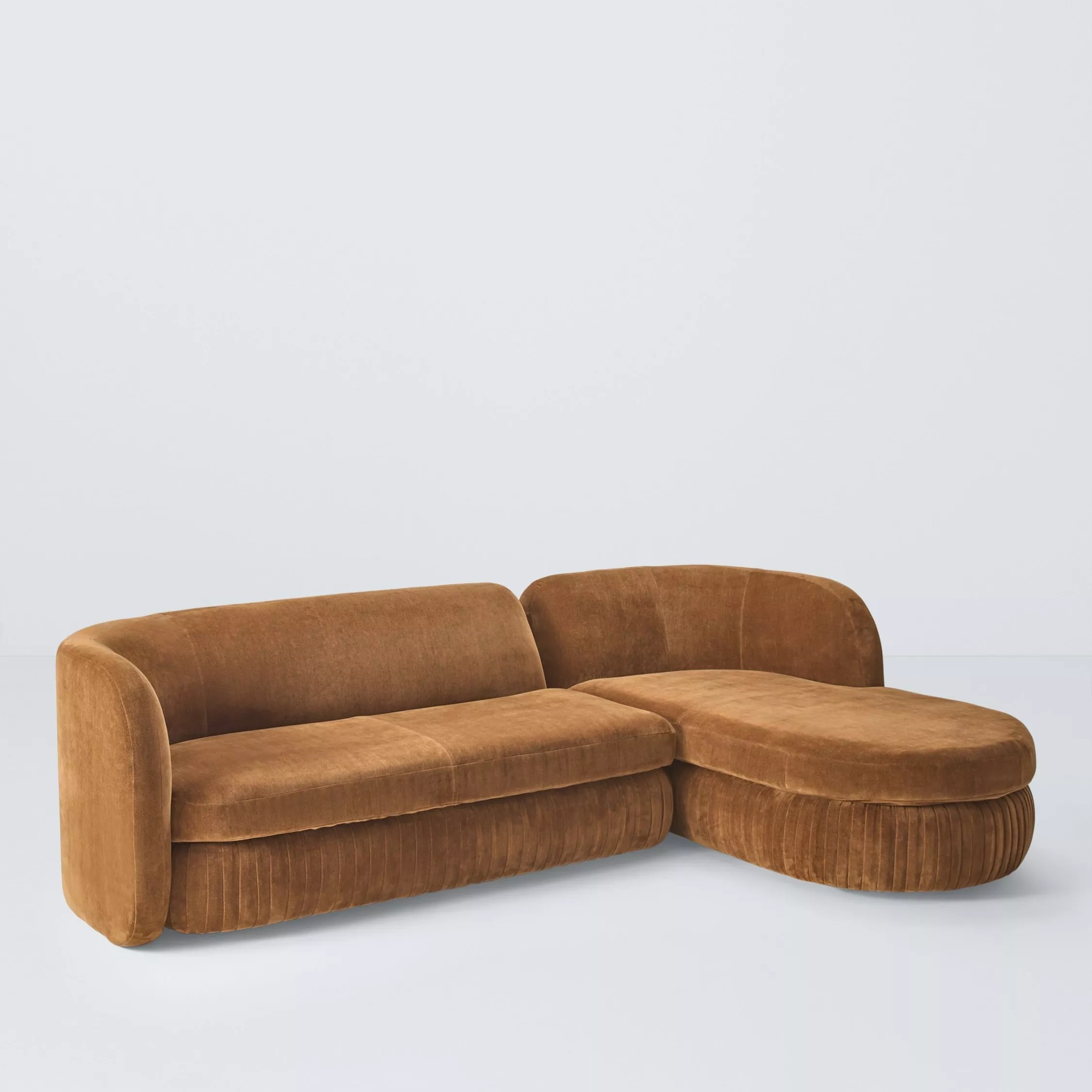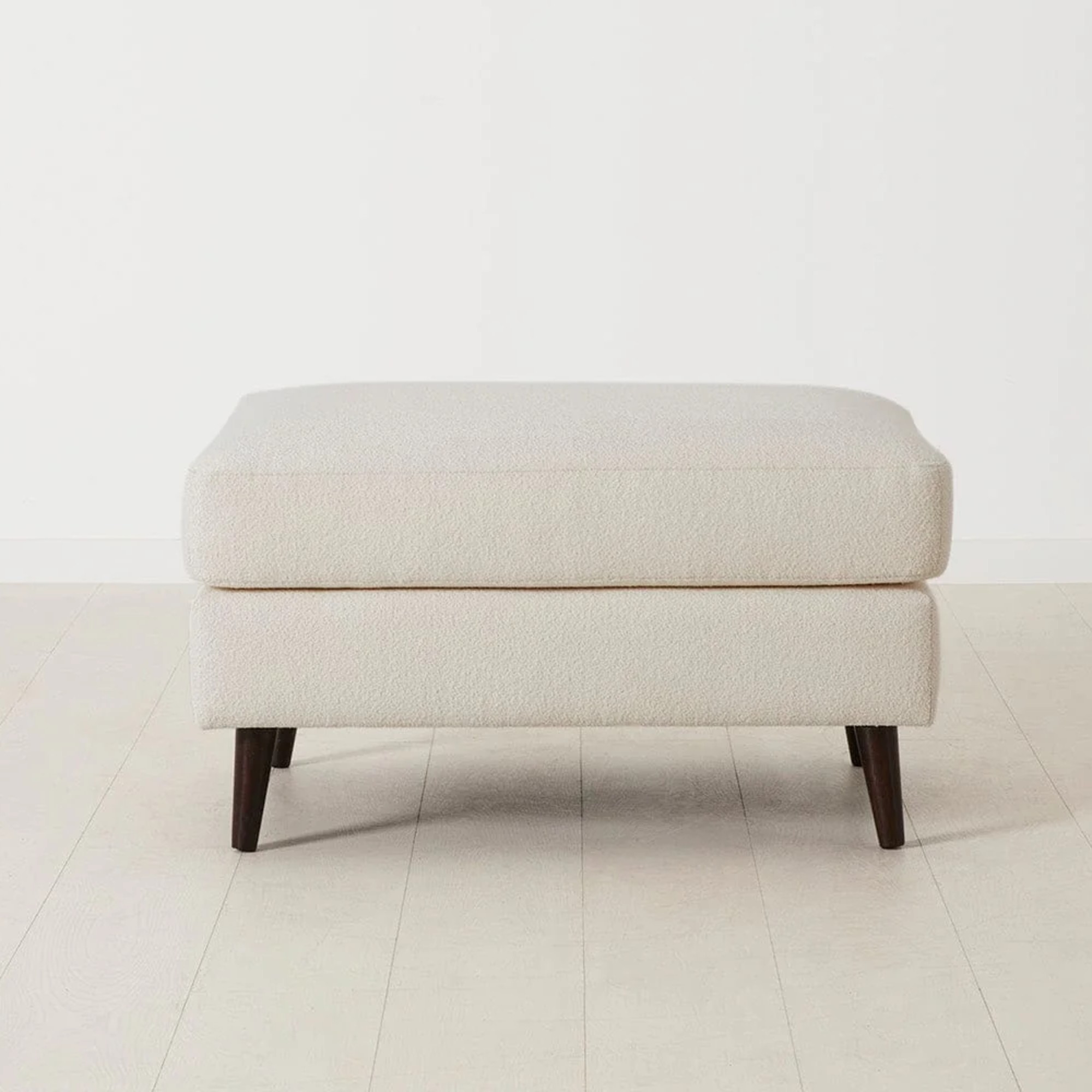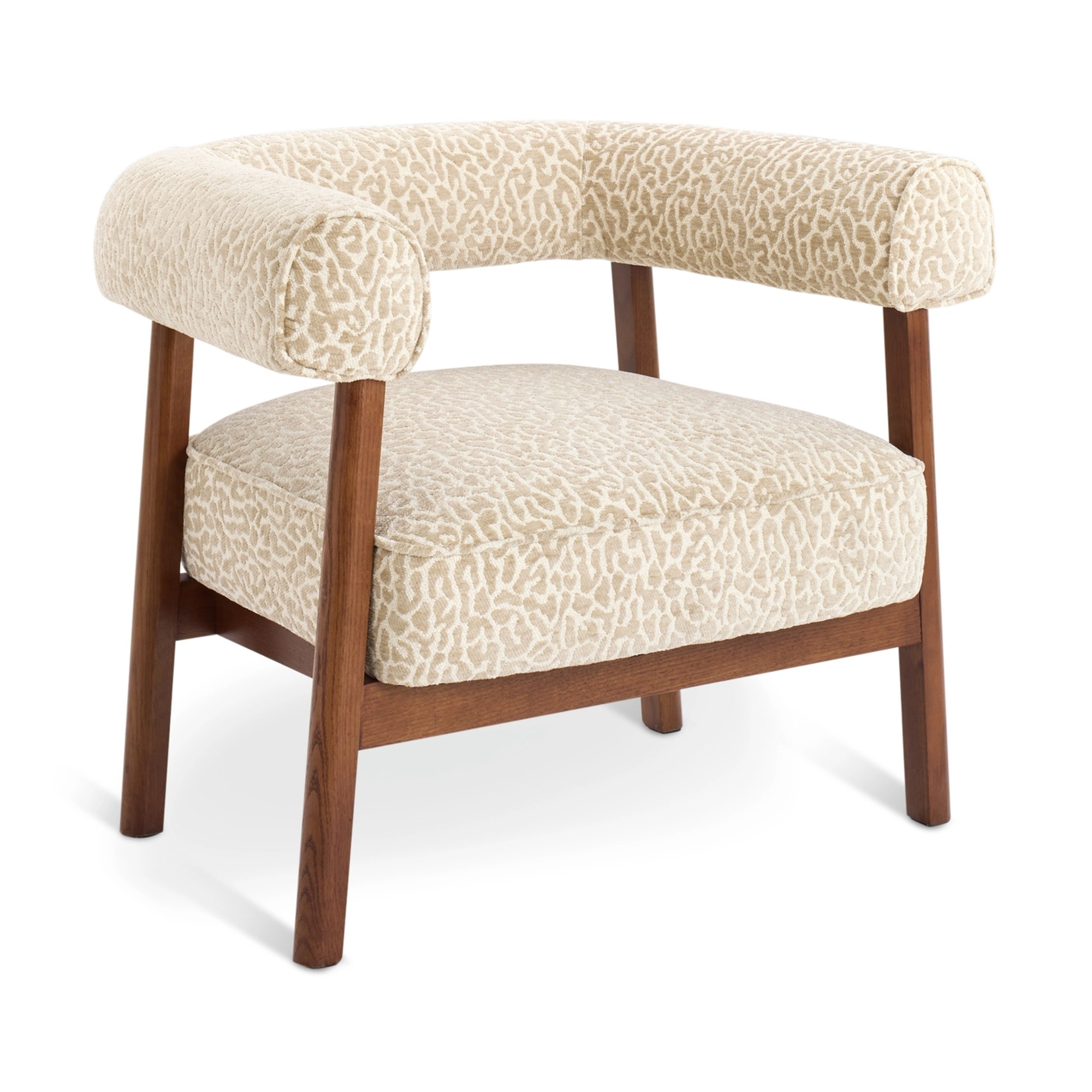‘It makes your living room feel more connected and comfortable’ – the 4-inch seating rule is the trick interior designers have been using for years
The rule of thumb that designers always follow when it comes to living room seating


When you’re shopping for your living room sofa, lounge chair or ottoman, you’re not just making an isolated choice – it needs to work for the room, as well as pair well with the other pieces of furniture and decor you already have in your living space. And the 4-inch rule for living room seating is the trick that interior designers swear by to make all of your seating work well together.
This living room seating idea and method is well-known in the interiors space and comes from ‘years of interior design wisdom. This isn’t a strict rule tied to any one designer or design philosophy. It’s a subtle principle that enhances the comfort and flow of your space in ways you might not notice but will definitely feel. It makes your living room feel more connected and comfortable,’ explains Nicky Emlick, creative director at sofa.com. And it applies to everything from the best sofas to little pouffes stools.
I love a tried-and-tested, easy-to-follow design rule that takes the guesswork out of decorating – much like this trick in question or something like the 18-inch rug rule. Of course, you don’t always have to follow every rule to a T – but it’s always better to know the rules first before intentionally breaking them, resulting in a more considered look of your home. So let’s learn about the 4-inch seating rule…

What is the 4-inch rule for living room seating?
The 4-inch rule for living room seating is extremely simple yet smart at the same time. In essence, it dictates that the difference in seat height of all of your seating should be capped at 4 inches.
‘The 4-inch seating rule is all about keeping balance in a room by making sure that your seating heights have no more than a 4-inch difference,’ says Kelly Collins, interior designer and global head of brand partnerships and communications at Swyft. ‘So, if your sofa has a seat height of 18 inches, any armchairs or ottomans grouped nearby should ideally be between 14 and 22 inches tall. It’s a guideline that many interior designers have used for years and it’s as much about comfort as it is visual flow.’

Kellie Wyles, head of upholstery at DFS, adds how not following the 4-inch rule could be a big living room design mistake and can negatively impact the look of your lounge, ‘The 4-inch rule is a simple but effective guide for creating a living room that feels both comfortable and well thought through. Creating a space without using a guide like the 4-inch rule can result in the room feeling a bit disjointed.’

Do you always have to follow it?
As already mentioned, you don’t necessarily have to follow this rule. But it’s helpful to at least know about it before rejecting it.
Sign up to our newsletter for style inspiration, real homes, project and garden advice and shopping know-how
‘It’s a useful rule of thumb. It helps make sure that a space feels thoughtfully pulled together and that no one is sitting awkwardly higher or lower than everyone else. That said, rules in design are often made to be bent with some of the most memorable spaces being the ones that throw out all the conventions. Sometimes breaking the ‘rules’ with purpose can lead to more dynamic and interesting layouts,’ Kelly at Swyft says.
Gisela Lancaster, head of buying at Sofology, continues, ‘As people take a more confident and eclectic approach to selecting furniture, quick and easy guides such as the 4-inch seating rule start to surface. Having a matching sofa and chair isn’t to everybody’s taste which results in different styles that require an element of cohesion to create a seamless and calm space. Whilst we firmly believe that individual style and comfort trumps most rules, it’s a smart reminder that poor proportions in a space almost always negatively impact how a room feels and functions.’

Where else can the 4-inch rule work?
But it’s not just the living room where you can utilise this principle. According to Daniel Smith, founder of Danetti, the 4-inch seating rule can be especially useful in the kitchen and joined dining area.
‘I’d be more likely to follow this rule in the kitchen where the functionality of a dining space and kitchen island means height is critical to the comfort of guests,’ he says.
This is how to follow the 4-inch rule

This new curved sofa was one of my favourite pieces at the John Lewis autumn/winter 2025 press preview. It's both comfortable and visually striking - that warm brown shade is nothing short of delicious. And on top of that, it boasts a 45-centimetre seat height which is well within the 4-inch limit since 1 inch is 2.5 centimetres.

Swyft doesn't only make some of the best sofas but also lovely ottomans to go with them, which can also be used as a coffee table. I opted for the Model 10 ottoman in pared-back ivory boucle as the armchair and sofa are already quite big statements. And with a seat height of 47 centimetres, it pairs well with the other two pieces.
Kelly at Swyft concludes that the 4-inch rule makes an especially good small living room idea to follow, ‘Personally, I keep it in the back of my head, especially in more compact living rooms where too much variation in seat height can feel a little chaotic.’

Sara Hesikova has been a Content Editor at Ideal Home since June 2024, starting at the title as a News Writer in July 2023. She is now also the Ideal Home Certified Expert in Training on Furniture, and so far has tested over 150 different sofas.
Graduating from London College of Fashion with a bachelor’s degree in fashion journalism in 2016, she got her start in niche fashion and lifestyle magazines like Glass and Alvar as a writer and editor before making the leap into interiors, working with the likes of 91 Magazine and copywriting for luxury bed linen brand Yves Delorme among others.
